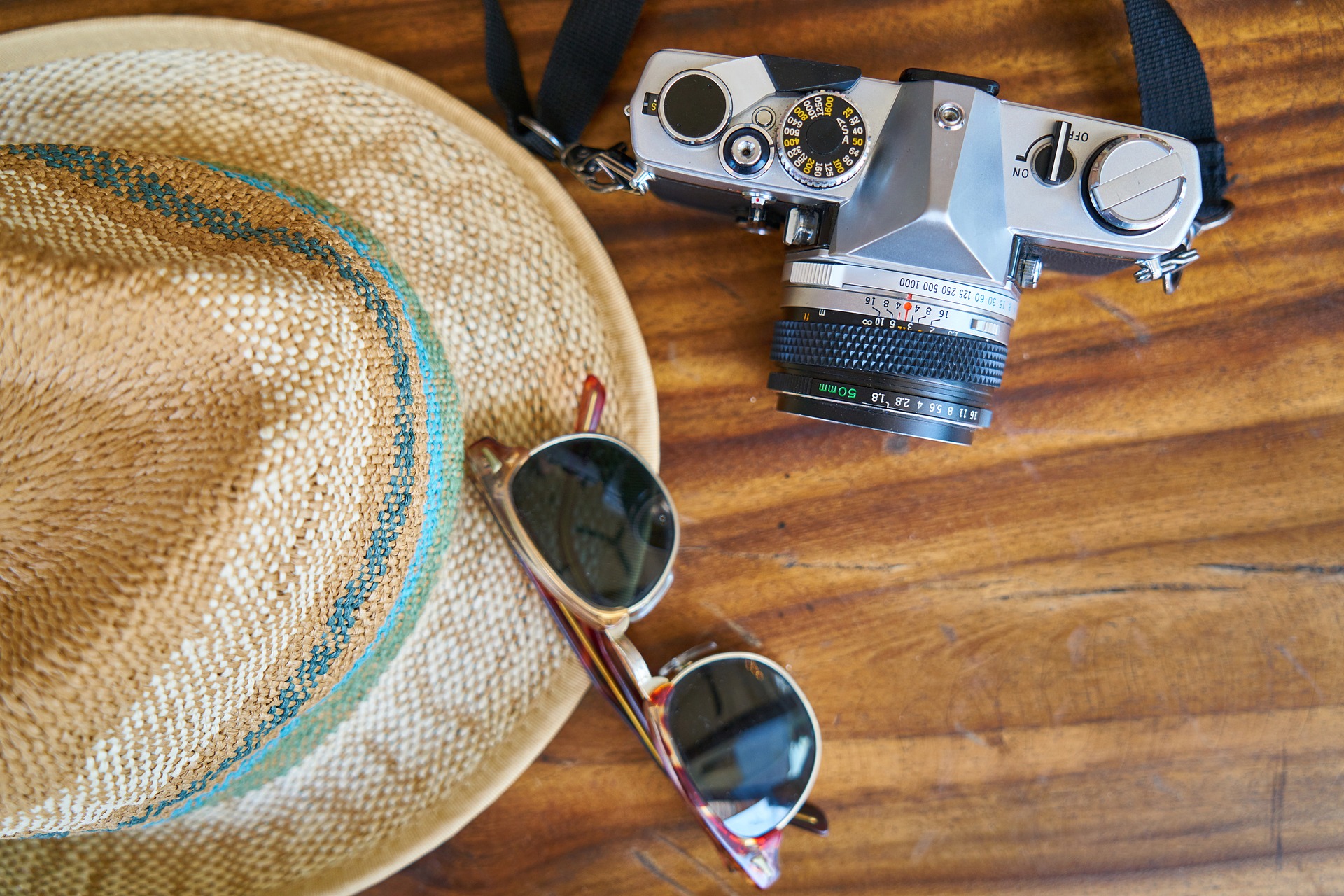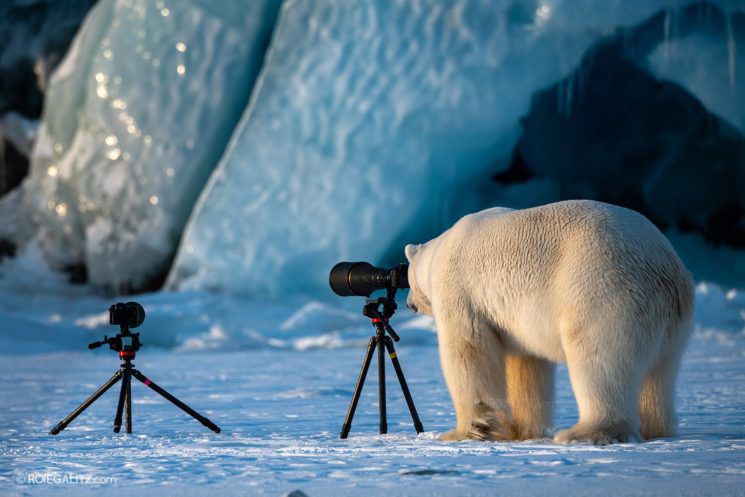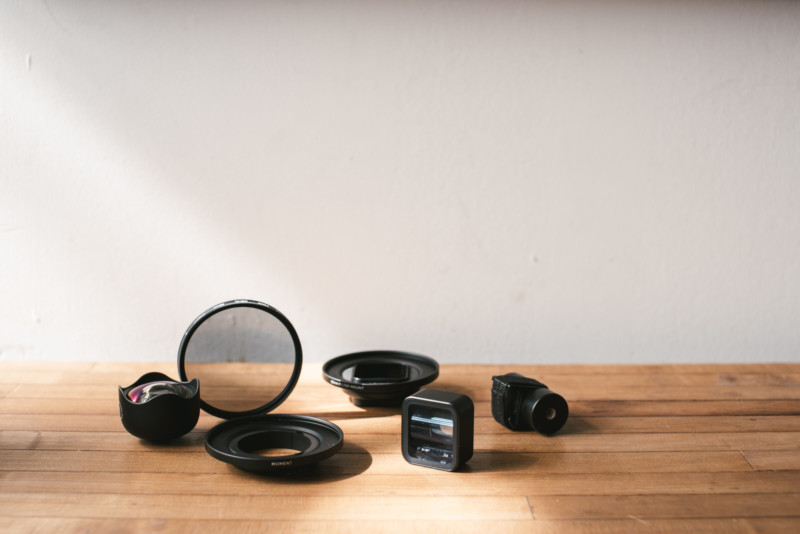“How’d They Do That?” Planet Earth Series Premiere: Islands

I think we all remember the riveting snake-and-baby-iguana scene from Planet Earth II that went viral on YouTube after airing on the BBC in November. Well, this weekend America got the full, dramatic story in “Islands,” the first episode of the new series which captured some of the most action-packed few minutes in animal documentary history — a newly-hatched baby iguana running for its life from a band of ravenous snakes. If you haven’t seen it, check it out below.
Vox’s recently sat down with series executive producer Mike Gunton and director Elizabeth White in an exclusive interview to find out how they captured the magic.
For context, this was the snakes’ only big feeding opportunity of the year, so tensions were already high. Also, iguanas were hatching throughout the peninsula, so it was difficult to know exactly where or when the next big scene would take place. According to White, her team had gotten some iguana shots on film before the “big scene” but it wasn’t until a couple days in that they spotted what they called ‘The Wall of Death’. This is where the drama unfolded.
White said this was “[her] worst ever role as director, because [she] spent most of the time covering [her] eyes going, ‘Did it get away?!'”
How They Did It
As you can see in the video, the camera crew had multiple cameras picking up the action. This was a huge help, says Gunton. “Sometimes on this series we’ve actually had two cameras on one location, and that massively improves or helps your flexibility. … It’s almost like a studio shoot, where you can go, ‘Okay, cut to camera one!’ That has helped.”
You can imaging using a tripod in the sand can be quite the challenge, especially with so much action. So while one had a mounted camera with a long lens, the other was using a gimbal-type system. “So he was shooting wider — you can’t be so stable with a long lens — but he was able to move around much more easily,” said White. “And by having two cameras, it allowed us to get the snakes’ perspective and the iguana’s perspective, all in one event. Normally you wouldn’t be able to do that; you’d have to piece it together,” said Gunton.
According to White, all the sequence shots at the low, animal eye level were done on a handheld camera unit. That way, when the device is lifted, it seems like an aerial shot. “And that was great for us, because you can’t fly drones in the Galapagos. But someone said to me earlier, ‘Oh, man, how did you fly the drone?!’ and I was like, ‘No …'”
One other low-angle tactic was to simply to be far away from the reptiles. “By taking it a lot farther away, you’re actually flattening the angle. On a tripod it’s quite hard to be at snake eye level, but if you’re 40 meters away, the angle effectively becomes so flat it appears that you’re at that level,” said Gutton.
Watching the Planet Earth II series is exciting and beautiful enough, but it’s even better to hear these stories behind the stories. As always, we love hearing from the pros on how to shoot, edit and created. The full episode is currently available on the BBC America website, and you can watch the rest of the series on Saturdays at 9 pm EST on BBC America.
This article is an adaptation of the Vox interview by . Click here for the full story.



